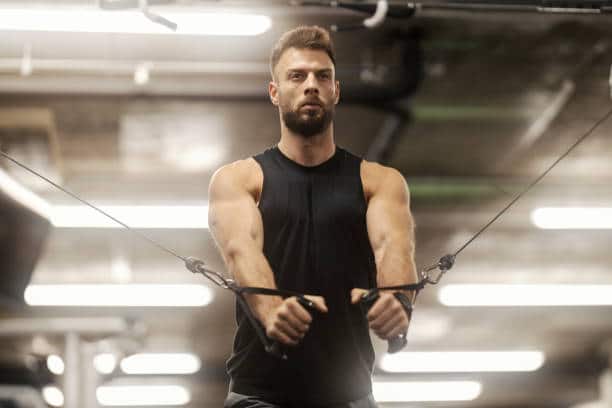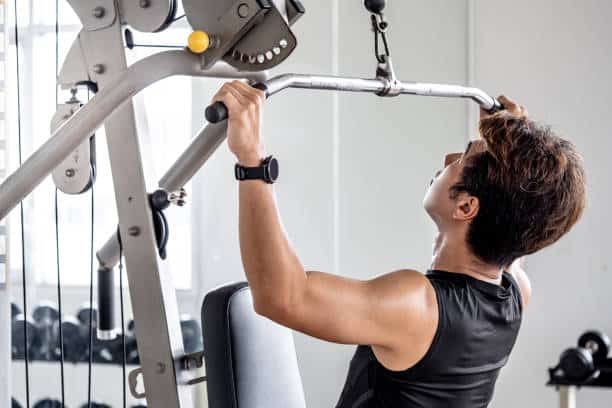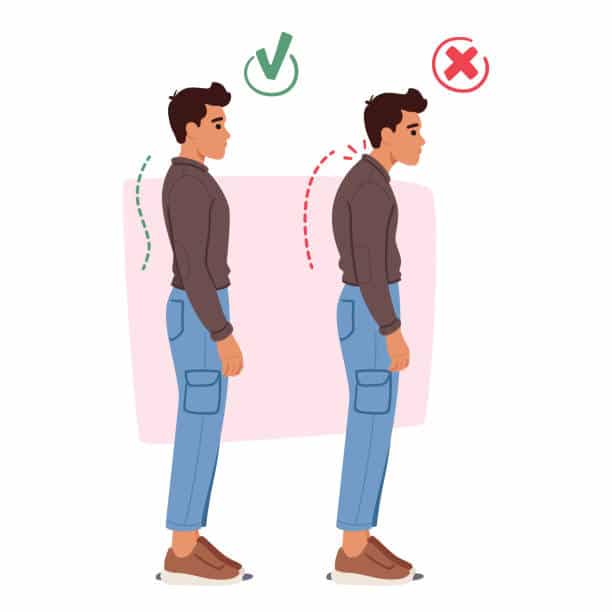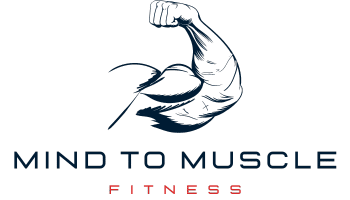
Mastering Horizontal Pull Exercises for Strength
Did you know that nearly 80% of Americans will experience back pain at some point in their lives? It’s a startling statistic, but there’s a silver lining: incorporating horizontal pull exercises into your routine can greatly enhance upper body strength and help alleviate back issues.
Horizontal pull exercises are crucial for targeting key muscles such as the latissimus dorsi, rhomboids, and trapezius. By focusing on these resistance training exercises, you not only build muscle but also improve your overall functional fitness.
In this guide, I’ll walk you through the mechanics, benefits, and proper techniques for these essential horizontal pull exercises. Let’s explore how mastering these moves can transform your workout routine and boost your overall strength.
The Benefits of Horizontal Pull Exercises

Exercises involving horizontal pulls have several advantages that can greatly improve general strength and health. Let’s examine the key benefits these exercises offer for stronger back muscles, improved functional fitness, and proper posture.
Enhanced Back Strength
Exercises that target the back muscles specifically, such as horizontal pulls, strengthen the strength of the back muscles. This increased strength is essential for both assisting with daily tasks and enhancing other weightlifting regimens. A robust back offers a good starting point for your fitness quest.
Improved Posture
By aligning and strengthening the muscles along the spine, regular performance of these exercises contributes to the maintenance of healthy posture. Better spinal alignment is possible with a strong back, and this is essential for avoiding long-term aches and pains.
Better Functional Fitness
Frequent horizontal pull exercises considerably enhance functional movement. This translates to carrying out daily duties more safely and effectively. Beyond the gym, the health advantages include improving regular activities and reducing the risk of injury.
Different Types of Horizontal Pull Exercises

The capacity to increase back muscle engagement and boost general strength makes horizontal pull or rowing variations particularly effective when it comes to strength training activities. Now, let’s explore the various kinds of horizontal pull workouts you might include in your training.
Barbell Rows
Exercises for strength training that are considered classics include barbell rows. This variation aids in the development of a strong, solid posterior by concentrating on the muscles of the upper back. For optimal muscular activation, keep your back flat and press your shoulder blades together at the top.
Dumbbell Rows
You can work on isolating each side of your back and expanding your range of motion with dumbbell rows. Equitable strength distribution is encouraged, and any muscle imbalances are addressed. To maximize muscle engagement, maintain your core tight and deliberately move the weight.
Seated Cable Rows
Seated cable rows are an excellent choice for continual muscle engagement because they offer steady tension throughout the exercise. This version on rowing works well for the middle back and lessens the tension on your lower back. Pull the handle toward your lower chest while keeping your torso still.
TRX Rows
TRX rows are a fantastic bodyweight exercise that builds strength and enhances balance. By focusing on the stability muscles and the primary movers in your back, TRX rows offer a well-rounded workout. To get the most out of this exercise, set the straps at a challenging angle and pull yourself up while maintaining a straight line from head to heels.
Adding these rowing variations to your workout routine diversifies your strength training and ensures thorough muscle engagement. This approach leads to better strength development and improved functional fitness.
| Exercise | Primary Muscles Engaged | Secondary Benefits |
|---|---|---|
| Barbell Rows | Upper Back, Lats | Core Stability |
| Dumbbell Rows | Lats, Middle Back | Corrects Imbalances |
| Seated Cable Rows | Middle Back, Rhomboids | Reduces Lower Back Strain |
| TRX Rows | Upper Back, Traps | Improves Balance |
Proper Technique for Horizontal Pull Exercises

To reduce the risk of injury and increase the benefits of horizontal pull exercises, it is essential to learn the correct technique. Let’s explore some vital exercise advice to improve your training sessions.
Maintaining a Neutral Spine
Keeping the spine neutral is one of the most important parts of proper workout form. This entails maintaining proper spinal alignment without overly rounding or arching. Stability from appropriate spinal alignment helps to prevent back problems and promotes efficient activation of the targeted muscles. During each movement, pay close attention to maintaining a straight back, neck, and head.
Engaging the Core
Core activation is crucial for stabilizing your body during horizontal pull exercises. By engaging your abdominal muscles, you create a solid foundation that supports upper body movements. This not only boosts the effectiveness of your pull but also helps maintain balance and prevents unnecessary strain on your lower back. Always start your pull with a strong, engaged core to maximize benefits and ensure proper form.
Avoiding Common Mistakes
To maximize the benefits of your horizontal pull exercises, it’s important to avoid some common mistakes that can undermine your workout. First, steer clear of using momentum to lift the weight; this not only diminishes muscle engagement but also raises the risk of injury. Second, make sure your elbows stay at the correct angle to prevent unnecessary stress on your shoulder joints. Lastly, keep your movements controlled and steady, prioritizing proper form over speed. This approach ensures you get the most out of each exercise while minimizing the risk of injury.
| Key Tips | Benefits |
|---|---|
| Maintain Neutral Spine | Prevents injuries and improves effectiveness |
| Engage Core | Enhances stability and power |
| Avoid Momentum | Improves muscle engagement |
Integrating Horizontal Pull Exercises into Your Workout Routine
Incorporating horizontal pull exercises into your workout routine is essential for achieving a balanced fitness plan. Start by determining the best placement for these exercises in your current training regimen. Many people find that horizontal pulls complement push exercises like bench presses effectively. I prefer alternating between push and pull days, which allows for proper muscle recovery. In addition to traditional rowing movements, incorporating exercises like inverted rows or TRX pulls can further enhance your strength and stability. If you’re looking to advance your pulling strength, refining your weighted pull ups technique can be a game-changer for building upper body and core muscles simultaneously. By maintaining good form and progressively increasing resistance, you’ll ensure steady progress while minimizing the risk of injury.
When adding horizontal pull exercises, think about how they fit into your overall workout strategy. Balance is crucial. Combine barbell rows with lighter sets of dumbbells or TRX rows to target various muscle fibers. This variety not only keeps your routine engaging but also helps prevent plateaus by continuously challenging your muscles.
For consistent progress, gradually increase the weight or intensity every few weeks. You might also experiment with different grips or angles to engage the muscles from various angles. The goal is to create a sustainable and effective training plan that promotes steady strength gains in your back muscles.
FAQ
What are the main back muscles targeted by horizontal pull exercises?
The latissimus dorsi, rhomboids, and trapezius muscles are the main targets of horizontal pull exercises. Strengthening the upper body and enhancing the results of resistance training requires these workouts.
How do horizontal pull exercises improve posture?
These workouts strengthen the muscles in the back, which promotes healthy spinal alignment. Better posture is achieved by having strong back muscles offset the slumped posture that is frequently brought on by extended sitting or bad habits.
What are the best types of horizontal pull exercises?
Workouts like barbell rows, dumbbell rows, seated cable rows, and TRX rows are some of the best horizontal pull workouts. Every variety provides varied benefits and works on the back muscles differently, giving complete upper-body strength training.
How do I maintain a neutral spine during horizontal pull exercises?
Keep your shoulders from rounding, your back flat, and your chest high to preserve a neutral spine. Throughout the exercise, keep your core active to add additional stability and support.
Why is core engagement important in horizontal pull exercises?
Pulling actions become more regulated and efficient when your core is activated. It also lessens the risk of lower back pain by giving your spine more support.
What are common mistakes to avoid when performing horizontal pull exercises?
Typical errors include rounding the back, not engaging the core, employing momentum rather than controlled movement, and utilizing too much weight, which can impair form. The secret to both efficacy and safety is proper technique.
How can I integrate horizontal pull exercises into my workout routine?
Combine these exercises with other upper body motions, such as arm work, and push exercises, to make them cohesive. Lower the weight at first to concentrate on form, then raise it gradually as you advance. For optimal effects, try adding them to your regimen two to three times each week.
What are the benefits of seated cable rows compared to other rowing variations?
Seated cable rows provide consistent tension throughout the entire range of motion, which is excellent for muscle engagement. They also allow for a controlled and stable movement, making them suitable for all fitness levels.
Can TRX rows improve balance and coordination?
Yes, TRX rows improve coordination and functional fitness overall by using bodyweight resistance and requiring more balance and stabilization. They are very helpful for enhancing stability and core strength.
How do I progress with horizontal pull exercises to avoid plateaus?
Vary your training regimen by adding different kinds of rows, changing the weights, and modifying the rep ranges to prevent plateaus. For ongoing strength and muscle growth, progressive overload—that is, gradually raising the resistance or intensity—is also essential.



